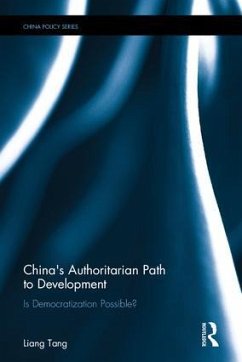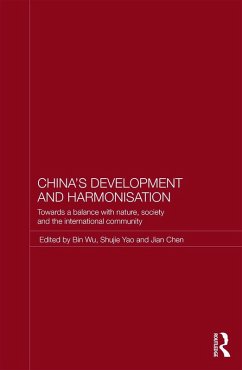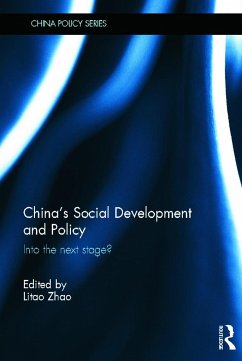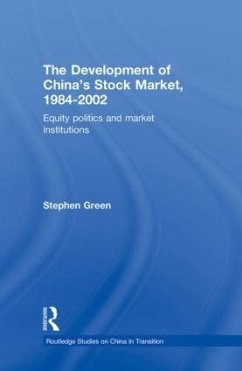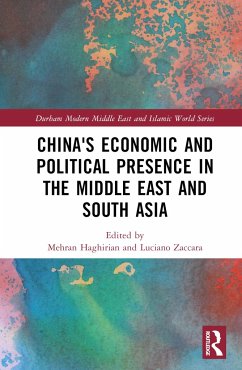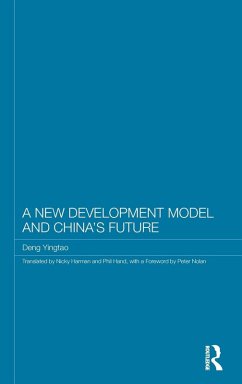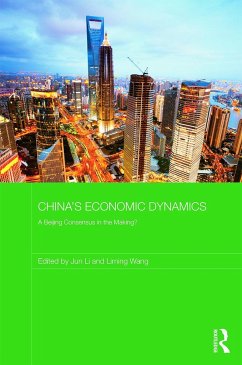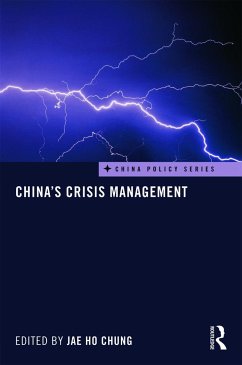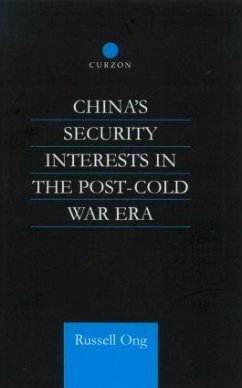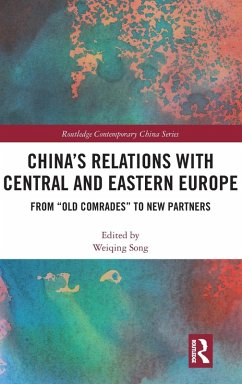
China's Spatial Economic Development
Regional Transformation in the Lower Yangzi Delta
Versandkostenfrei!
Versandfertig in 1-2 Wochen
108,99 €
inkl. MwSt.
Weitere Ausgaben:

PAYBACK Punkte
54 °P sammeln!
The spatial patterns of China's rapid economic transformation fundamentally challenge conventional geographies of urban and regional development. This book provides a theoretically informed case study of the local character of regional change in China's lower Yangzi Delta, as well as a new analytical framework for understanding China's unique form of economic modernization.




